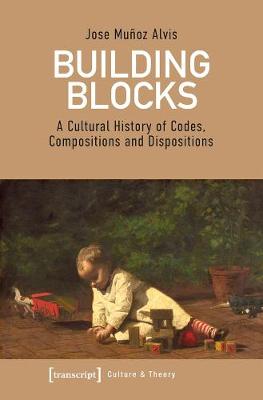Culture & Theory
1 total work
Building Blocks - A Cultural History of Codes, Compositions, and Dispositions
by Jose Mu Alvis
Published 8 December 2021
Building blocks are practical materials for playing, learning and working at kindergartens, schools, universities and companies. How did building blocks, which were primarily established as toys for children, come to be practical materials used in professional and educational settings?This study explores the historical implications of particular sets of building blocks in the interdisciplinary consolidation and transformation of techniques, materials, discourses and subjects. By mapping the genealogy of building blocks from Froebel's "gifts" to their current systematization as interlocked blocks, this study proposes that building blocks should be understood not exclusively as concrete objects, but as the materiality of a combinatorial program, which delineates a modular system characterized by a code of composition, a context-neutrality and a semantic component.
